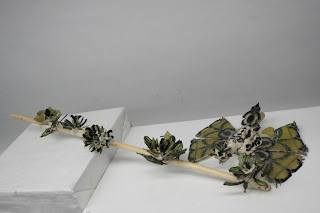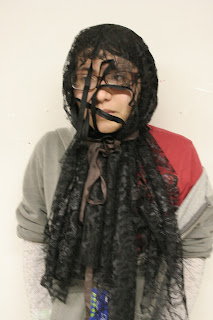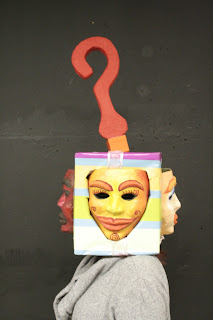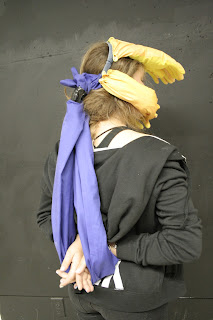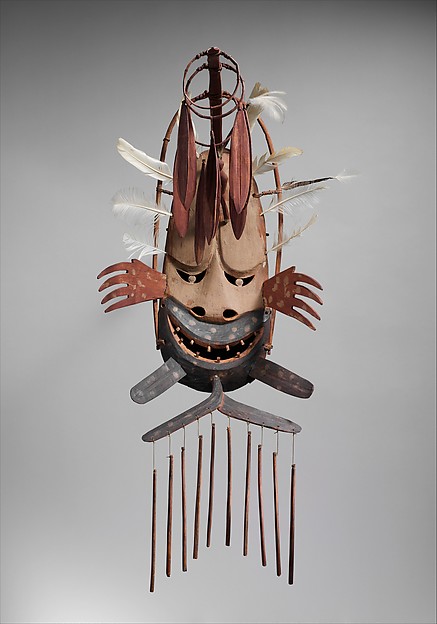Object Transformation and Unification
You will change two objects of your choice into something new by taking them apart and combining the pieces together. You must reuse ALL of the material in your existing objects, and combine them into a single unified work. This is not a collage (objects attached to a flat surface). We want you to physically join the parts of these objects together and create a new 3-D object.
What you are responsible for bringing in to class
November 4 two objects not bigger than 12" that you feel comfortable changing. You should begin to disassemble your objects at home and bring ALL of the pieces to class.
Any other supplies you would like to use while altering your object, such as glue, tape, sewing supplies, etc.
November 18 Finished project due. Critique day.
Important concept: unity = a sense of order or completeness
Look at artworks by these artists for inspiration.
 Sara Sze
Sara SzeNo electronics. If you want to know why, watch this video.
Watch CBS Videos Online
OBJECTIFIED movie
Hybrid Sculptures by Satish Tang
Hybrid sculptures of ancient chinese ceramics, western pop icons, manga aesthetics and kitsch
TANG was born in Dublin, Ireland of Trinidadian parents, but currently lives & works in British Columbia, Canada.
How do objects communicate meaning?
Previous year projects



























